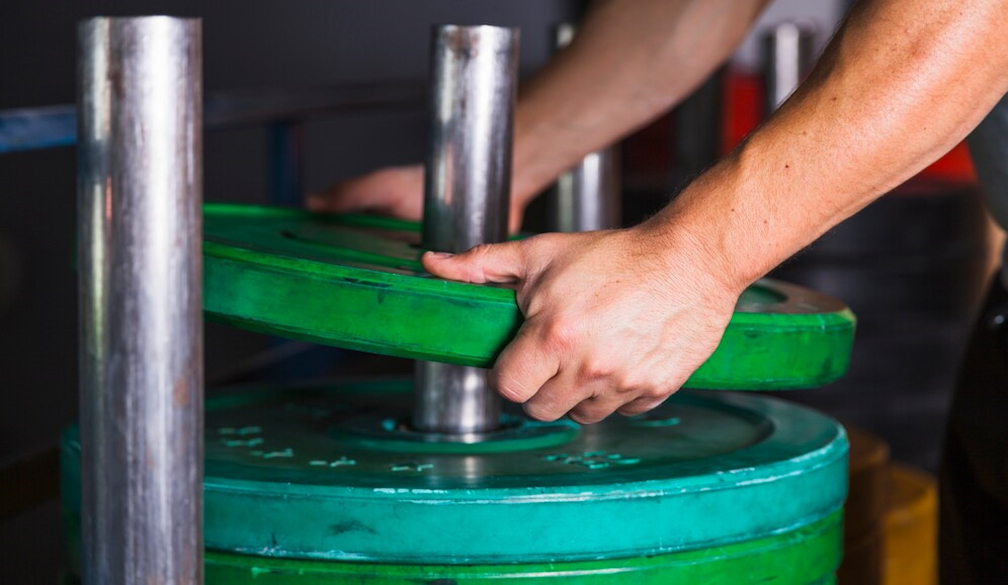Discovering the Science Behind Skunky Beers

Not all that glitters in the world of beer is gold—sometimes, it's skunk. A beer going skunky isn't just a dramatic transformation fit for a horror story; it's a chemical reaction with a decidedly pungent outcome. Whether you're a freshly minted beer enthusiast or a stalwart in the pint-pounding community, it doesn't hurt to shed some light on the literal skunking of beers. It's a science lesson, a cautionary tale, and a taste of the unexpected all rolled into one topic. Join us as we uncover the odorous enigma behind skunky beers.
The Science Behind Skunky Aromas
Imagine the crisp, citrusy bite of hops fresh, invigorating, and essential to the bitterness and aroma of beers like a good IPA. Now, hold that thought, and add a sunny day. But not just any sunny day; this is the sort of sunshine that works overtime, hand-in-hand with ultraviolet (UV) light, to create the perfect conditions for a chemical reaction. Skunking, or lightstruck beer, is the result of UV light turning beer's hop compounds into a molecule known as MBT, which, in small doses, is also the primary disulfide found in skunk spray.
Skunkiness occurs rapidly; a mere five minutes under direct light can be enough to spoil your brew. Although the term 'skunked' may sound whimsical, it's a serious chemical reaction at play, and one that interferes with the original flavours of the beer. The sun's UV spectrum is the same as a beer's mortal enemy, and it operates on a level forged in photon-particle physics, with hops catching the rays and transforming into a scent that could clear any room quicker than a skunk's warning signal.
Factors Contributing To Skunky Beer
The hops that we've identified as both the heroes and the victims in the skunking saga are sensitive to even the most innocuous of light sources, namely the blue-tinted variety that's always hunting for trouble. Storage is just as critical as placing an unsuspecting beer under your pantry's halogen lights and, before you know it, you're in for a skunkfest. Packaging, too, plays a crucial role; beer bottles with a green or clear hue are less protective, allowing skunky transformation to be initiated with a quickness that would make the Flash envious.
But all hope is not lost. Beer in brown bottles, or better yet canned, stand a much better chance against the noontide nefariousness of light. And distributors who get the concept of 'cool and dark storage' are also unwittingly working against skunking. After all, it's the rare light that travels to the beer drinker in a beer that isn't already destined for the recycle bin.
Recognizing And Avoiding Skunky Beer
Now that we've illuminated the problem, it's essential to train your senses to detect skunky beer before it's too late. The aroma is usually the first warning sign. A skunky beer smells a lot like a skunk's way of voicing their displeasure, strong, pungent, and impossible to ignore. The taste follows suit, with a jarring bitterness that's quite different from the complexity that hops add when not on a collision course with photons.
The next time you decide to try a bottle in a shop, follow the recommended storage instructions when you get home. To avoid the unpleasantness, stick to beer that's been responsibly handled and stored. If you're purchasing a beverage best served under cover of darkness, make a dash for the cooler or ask about storage history. Sometimes, the best beer is the one that's seen the least light.






